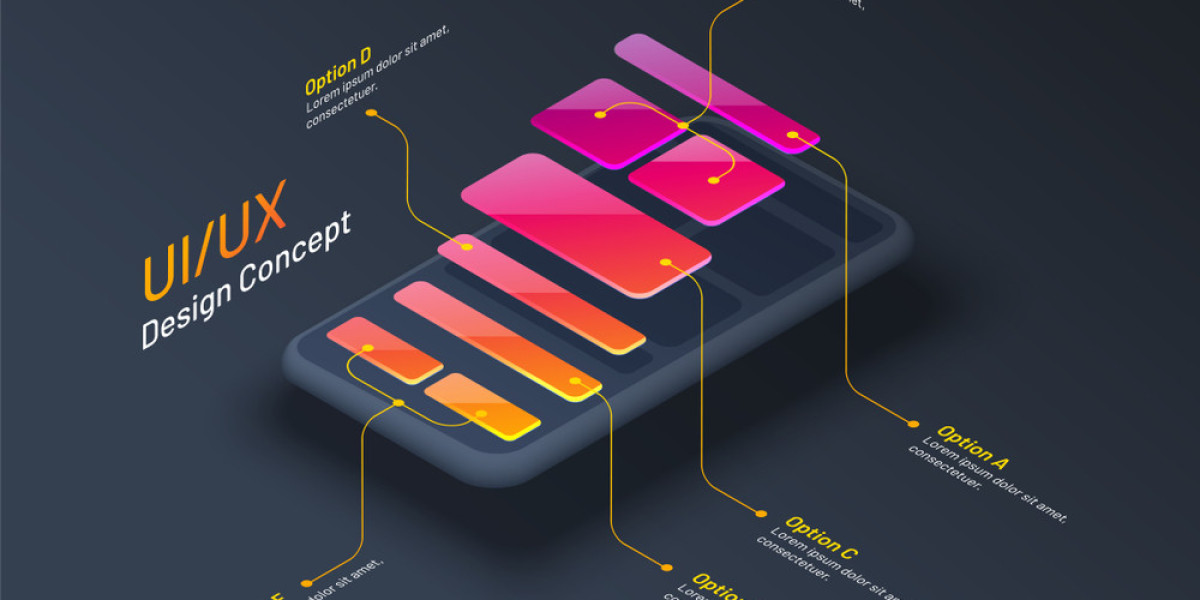In today's digital age, accessibility in UI/UX design is more than just a best practice; it is a crucial aspect of creating inclusive and equitable digital experiences. Accessibility ensures that all users, regardless of their abilities, can navigate, understand, and interact with websites and applications effectively. By prioritizing accessibility, designers can enhance user experience, comply with legal standards, and reach a broader audience.
Visit - UI/UX Design Classes in Pune
What is Accessibility in UI/UX Design?
Accessibility in UI/UX design refers to the practice of making digital products usable by people with a wide range of abilities and disabilities. This includes individuals with visual, auditory, motor, and cognitive impairments. Accessible design aims to remove barriers that might prevent users from accessing information or performing tasks, thereby creating a more inclusive environment for everyone.
Why Accessibility Matters
Inclusivity and Equality Accessibility is a fundamental aspect of inclusivity and equality. By designing for accessibility, you ensure that people with disabilities can use your product just as effectively as those without disabilities. This commitment to inclusivity reflects positively on your brand, showing that you value all users.
Legal Compliance Many countries have enacted laws and regulations that mandate accessibility in digital products. For instance, the Americans with Disabilities Act (ADA) in the United States and the Web Content Accessibility Guidelines (WCAG) are critical standards that designers must adhere to. Non-compliance can result in legal consequences, including fines and lawsuits.
Enhanced User Experience Accessible design often leads to a better overall user experience. Features that aid users with disabilities, such as keyboard navigation and alternative text for images, can also benefit users without disabilities. For example, captions on videos not only assist the hearing impaired but are also useful in noisy environments.
Wider Audience Reach Approximately 15% of the world's population lives with some form of disability. By ignoring accessibility, you exclude a significant portion of potential users. Making your product accessible ensures that you can reach a wider audience, including older adults who may experience age-related impairments.
SEO Benefits Search engines favor accessible websites. Elements such as descriptive alt text for images and proper use of headings can improve your site's SEO. This means that accessibility not only helps users but also enhances your site's visibility on search engines.
Visit - UI/UX Design Course in Pune
Key Principles of Accessible Design
Perceivable Information and user interface components must be presentable to users in ways they can perceive. This includes providing text alternatives for non-text content and offering captions for multimedia.
Operable User interface components and navigation must be operable. Ensure that all functionalities are available from a keyboard and provide users enough time to read and use the content.
Understandable Information and the operation of the user interface must be understandable. This involves making text readable and comprehensible, and ensuring that content appears and operates in predictable ways.
Robust Content must be robust enough that it can be interpreted reliably by a wide variety of user agents, including assistive technologies. This requires adhering to web standards and ensuring compatibility across different browsers and devices.
Practical Steps for Implementing Accessibility
Use Semantic HTML Proper use of HTML elements helps screen readers interpret and navigate content effectively.
Provide Text Alternatives Ensure all non-text content, like images and videos, has text alternatives that convey the same information.
Design for Keyboard Navigation Make sure all interactive elements can be accessed and operated using a keyboard.
Test with Real Users Regularly test your designs with users who have disabilities to identify and address accessibility issues.
Visit - UI/UX Design Training in Pune
Conclusion
Accessibility in UI/UX design is not just a technical requirement; it is a moral and ethical obligation to create inclusive digital experiences. By prioritizing accessibility, designers can ensure their products are usable by everyone, comply with legal standards, and enhance the overall user experience. Embracing accessibility leads to more innovative, flexible, and robust design solutions, benefiting all users and society as a whole.







